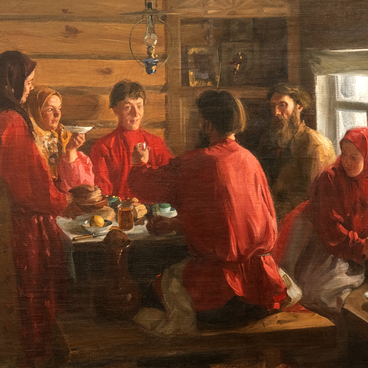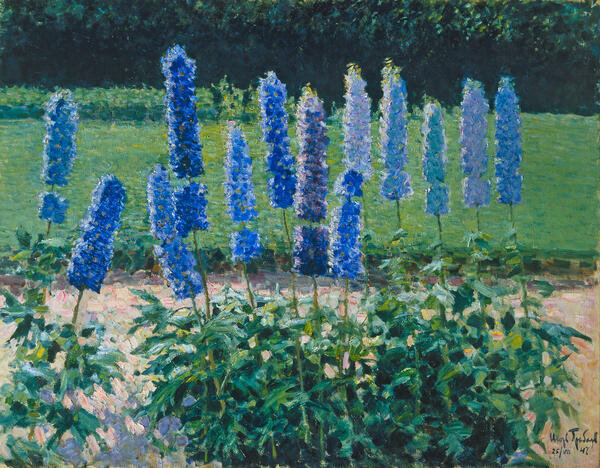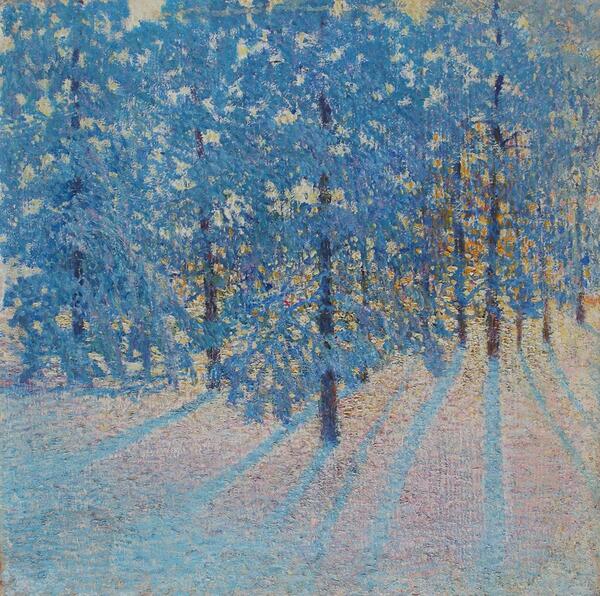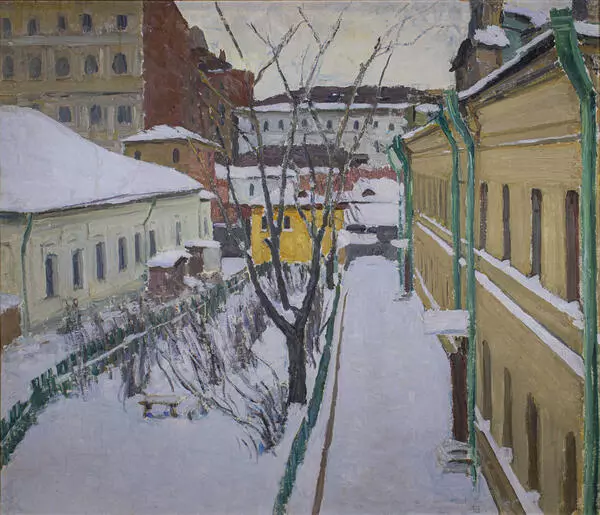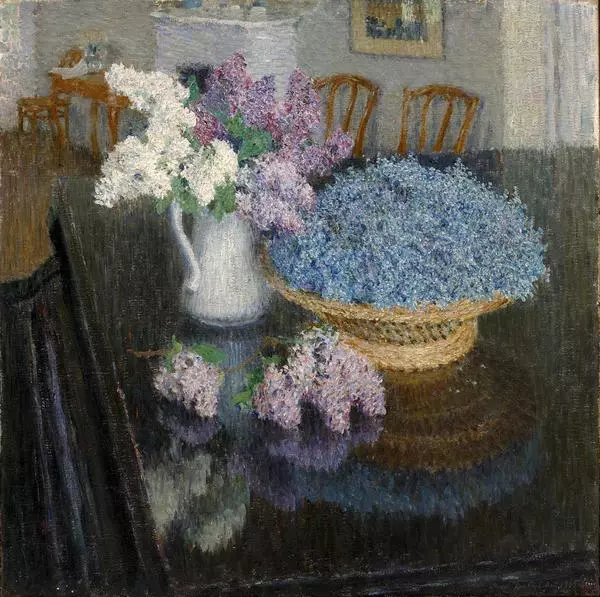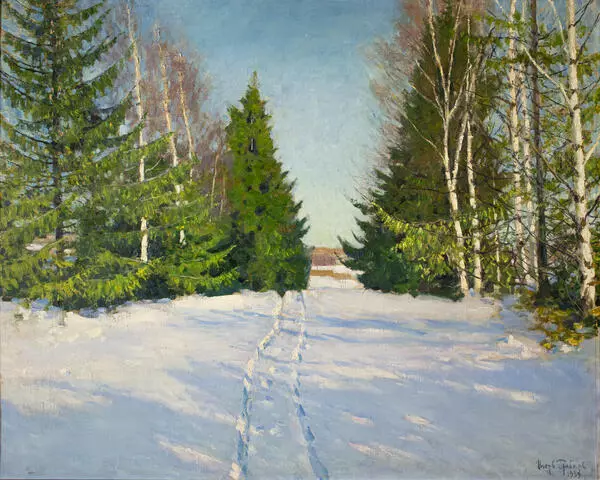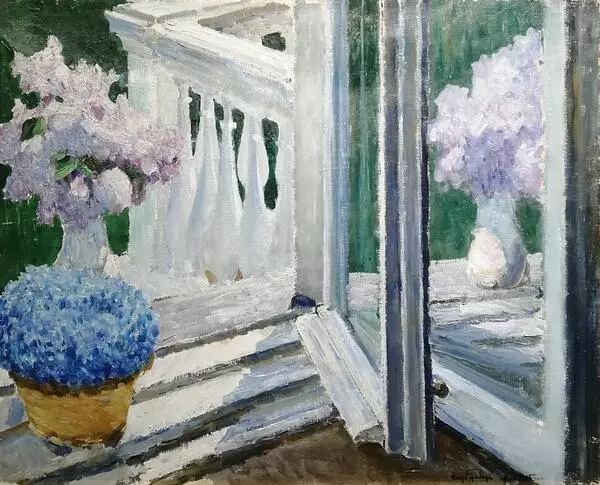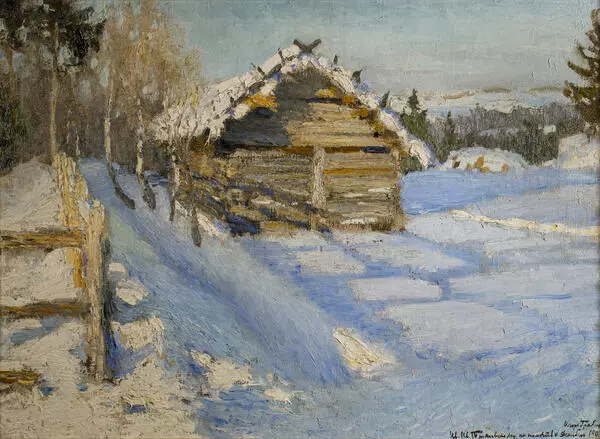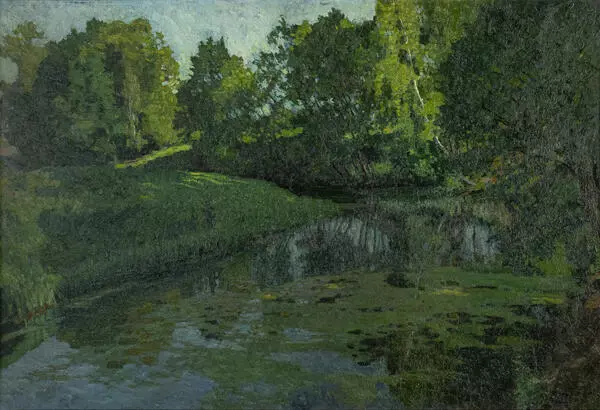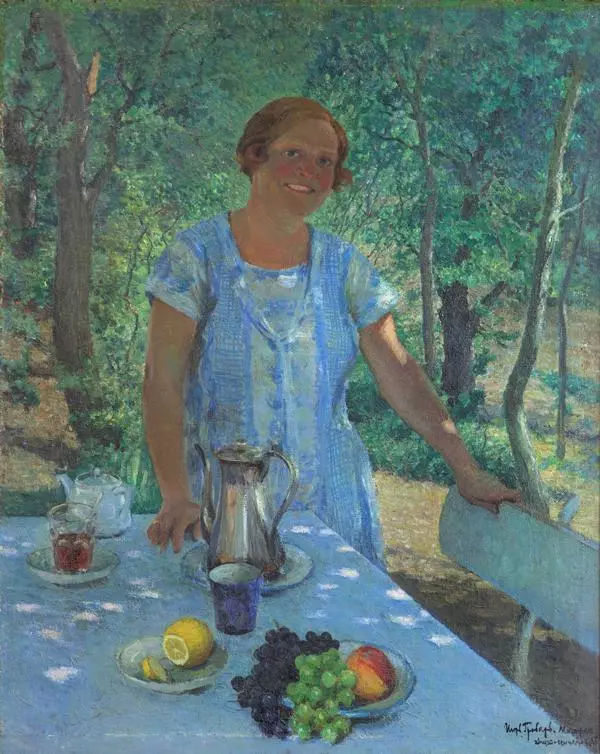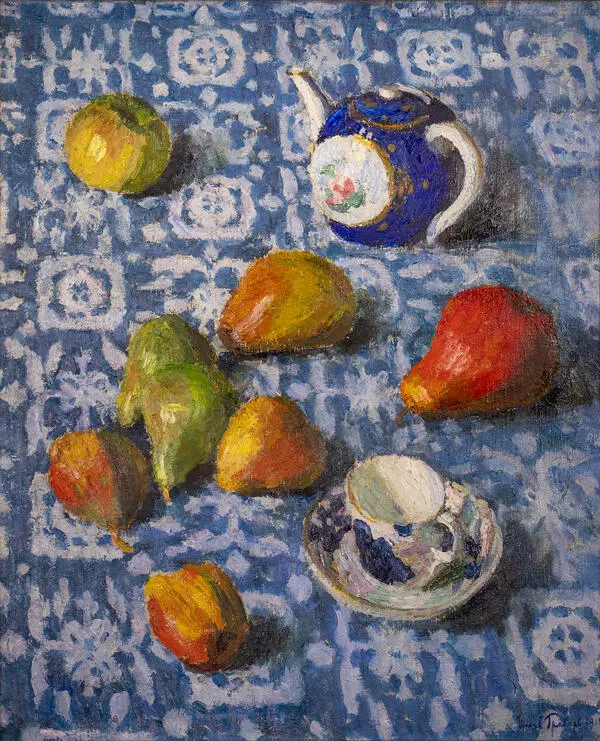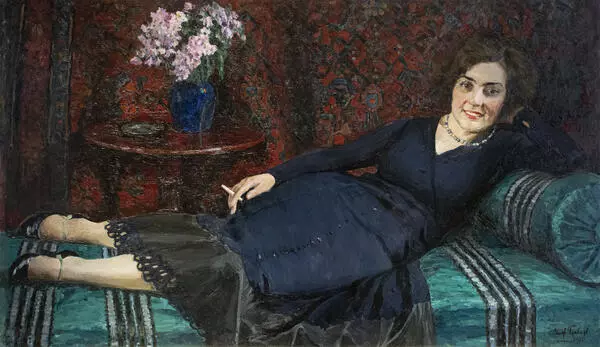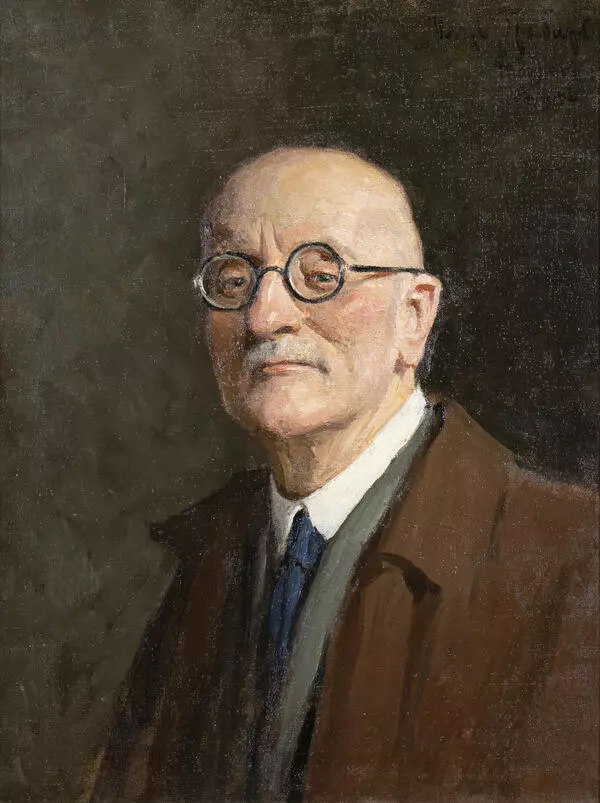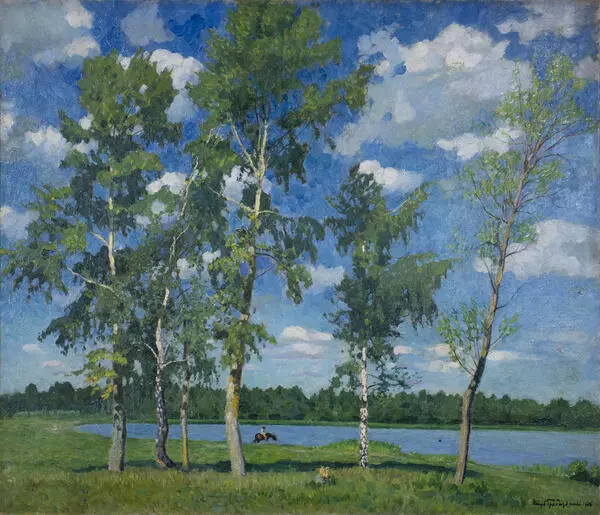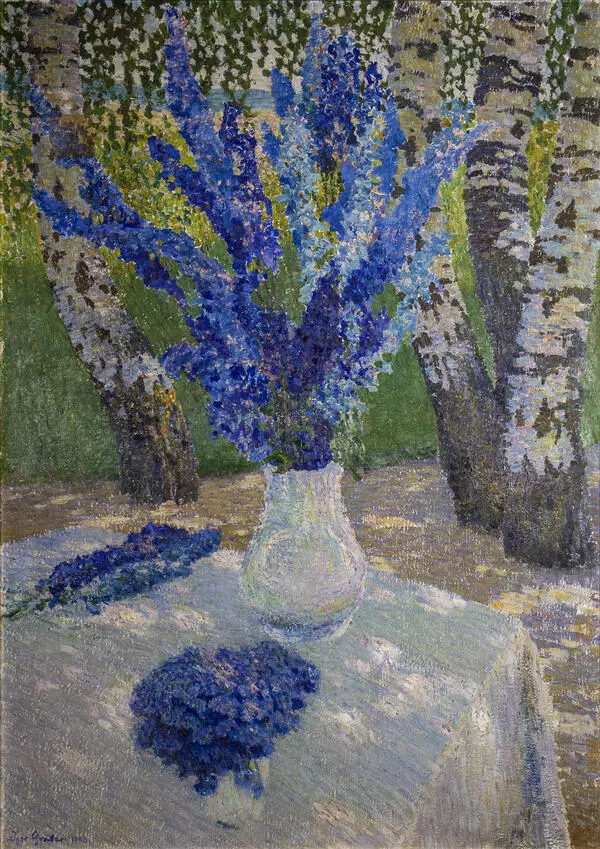The painter and restorer Igor Emmanuilovich Grabar was born in Budapest in 1871. The future artist and his family left Austria-Hungary due to political repression and fled to Russia.
In 1882, Igor Grabar started studying the basics of painting and drawing at the Moscow Imperial Lyceum established in memory of Tsesarevich Nicholas. After graduating from the lyceum with a gold medal in 1889, Grabar entered the Law Department at Saint Petersburg University, where he was also quite successful. At the same time, he attended a course of lectures at the Department of History and Philology. During his university years, Igor Grabar studied painting in the academic studio of the portrait painter Pavel Petrovich Chistyakov. In 1894, he entered the Academy of Arts, where he studied under the Russian painter and draughtsman Ilya Efimovich Repin.
In 1896, Igor Grabar went to Munich for five years, where he first attended the art school of the Austro-Hungarian artist of Slovenian descent Anton Ažbe and would later teach there alongside his mentor.
In 1903, Grabar moved to Moscow.
His range of interests was constantly expanding. He became interested in archives and research related to art criticism and began writing articles for the magazines “Old Years” and “Niva”. Soon, he began working on the voluminous “History of Russian Art”.
In 1913, Igor Grabar became a trustee of the State Tretyakov Gallery and held this position until 1925. It was due to the artist in many respects that the Tretyakov Gallery advanced from a private collection to the museum of national art history.
Despite being very busy with other things, Igor Grabar considered painting his “main passion”. He did not adhere to any particular genre or style: he painted landscapes, still lifes and portraits.
After a trip to Europe, Grabar was inspired by French Impressionists and Post-Impressionists and created a series of paintings in a technique similar to that used by the French artists. Grabar worked in fine, light and energetic brush strokes.
The Pskov Museum presents one of Igor Grabar’s works called “A Party”. This small-format work was inspired by Impressionism. The painting was transferred to the collection from the Porkhov Museum in 1925.
The painter used the technique of capturing a
moment from life, which was typical for Impressionists. The painting is built
on a palette of smoky and pink hues, the dancing figures are blurred by the
rhythm.


